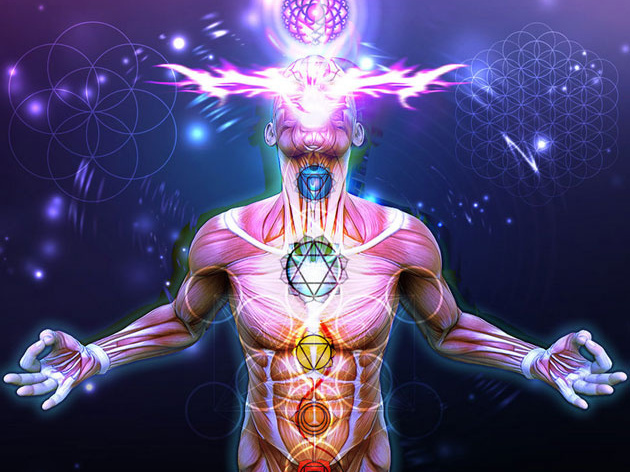In a recent interview, Doechii made waves when she said, “Straight men are a red flag,” elaborating with, “Strike one, you’re a man. And you’re heterosexual.” While some may have dismissed this as provocative or playful, it offers a deeper reflection on gender, sexuality, and the ways we navigate identity in a complex, ever-shifting world. Her statement can be viewed as an act of philosophical honesty – a candid reflection on the pressures of societal binaries and the desire for authenticity in relationships.
Doechii’s words challenge a long-standing cultural norm: the assumption that heterosexuality is the natural or default orientation, and that gender roles based on the binary of male and female are equally unquestioned. When she declares that straight men are a “red flag,” she isn’t necessarily rejecting heterosexual men outright; rather, she is critiquing the rigid categories that society has forced upon individuals for centuries, categories that, when adhered to without question, obscure a more truthful and fluid understanding of human experience.
At the heart of this statement is an implicit critique of the way traditional gender and sexuality are framed. The Kinsey scale, developed by sexologist Alfred Kinsey in the 1940s, suggested that sexual orientation exists on a spectrum, rather than in a rigid, binary system. This research, based on real-life human experiences, demonstrates that the majority of people fall somewhere between absolute heterosexuality and absolute homosexuality, with many fluidly shifting along the spectrum over time. Doechii’s perspective resonates with this scientific understanding – she isn’t dismissing the validity of heterosexuality but instead emphasizing that it should be recognized as just one point on a broader spectrum of human attraction and identity.
The philosophical honesty in Doechii’s statement lies in her rejection of binaries as inherently limiting and dishonest. By embracing the idea that most people’s sexualities and identities are nuanced, fluid, and exist on a spectrum, she is asking for a more honest approach to self-identification. In essence, she’s urging us to acknowledge the complexity and authenticity of human experience. When someone identifies too strongly with one end of the spectrum – like rigidly claiming heterosexuality without any acknowledgment of the spectrum – they are, in a sense, denying their own potential complexity. It is not about denying a person’s truth but about recognizing that truth as more malleable and diverse than binary categories allow.
Doechii’s words push us to reflect on how these social constructs limit us. The idea of “straight men” being a red flag isn’t an indictment of all men or heterosexuals; it’s a subtle rebuke of a societal expectation that sexuality and gender must be fixed, rigid, and unwavering. Those who insist on this rigidity – clinging to outdated, static definitions of gender and sexuality – may be the ones living in denial of the fluidity inherent in human identity. It’s not that Doechii is against men or heterosexuality but that she is critical of the adherence to strict categories that stifle growth and self-understanding.
Her perspective is not just an argument for fluidity but also an invitation for honesty. In relationships, authenticity is key. A partner who acknowledges the spectrum of human experience – who doesn’t insist that people fit neatly into categories – is someone willing to engage with their own identity honestly, and by extension, with the identities of others in a more nuanced and respectful way. The demand for a partner who understands that everyone is, in essence, on a spectrum isn’t about rejecting identity, but about embracing its complexity.
To challenge the binary is to invite complexity and openness, qualities that are crucial in an era of evolving self-awareness. What Doechii suggests is a rejection of the overly simplistic labels we so often use to define ourselves and others. Instead, we should strive for a space where we can all exist with honesty, fluidity, and authenticity, recognizing that human identity is not a series of immovable markers but an intricate and evolving map. In acknowledging that we are all somewhere on the spectrum, we can approach relationships, gender, and sexuality with a renewed sense of freedom and integrity.
In an insightful quote from NEO 10Y, they state, “We’re all non-binary and pansexual beings at our core, identifying as ‘straight’ is an act of violence in itself.” This statement echoes the sentiment that strict adherence to binary gender and sexual identities restricts a more fluid and authentic understanding of human experience. NEO 10Y challenges us to view sexuality and gender as spectra, aligning with Doechii‘s call for honesty in recognizing the complexity of human attraction and identity. Both argue that claiming rigid labels is inherently limiting and false.
In this light, Doechii’s statement is not an attack, but an invitation to reflect on the philosophical truths about human identity and the ways we construct it. She’s offering us an opportunity to challenge the status quo, to be more honest with ourselves, and to engage in relationships that are based on genuine understanding – beyond the confines of narrow and outdated definitions.
